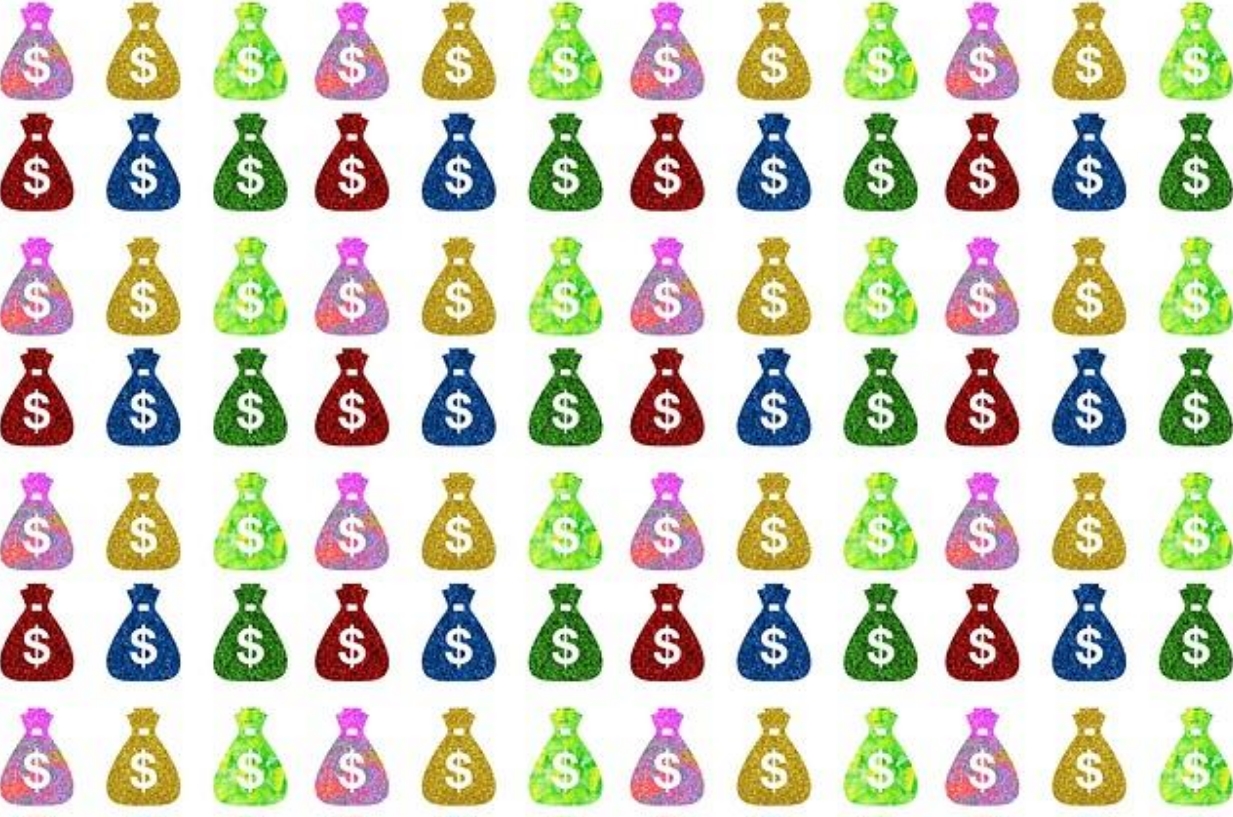
Monthly obligations can become a struggle making it challenging to meet even the essential expenditures, especially in the current economic landscape. Many people are already in debt with loans and credit cards, trying to figure out how to better their financial circumstances.
Fortunately, there are a few options when you’re weighed down by debt, including refinansiering (refinancing) or consolidation. Please visit refinansieringmedsikkerhet.com to learn about refinancing using collateral to secure your loan.
While the terms “refinancing” and “consolidation” are often used interchangeably, they have distinct differences. In its most generic definition, refinancing replaces an old loan with a new one with better rates and terms.
Consolidating combines a few bills with less-than-favorable rates and terms into one lower-interest product. In both situations, the objective is to make your monthly obligations more manageable, ensure repayments are not a struggle, and overall improve your finances.
The benefit of refinancing is it can apply to virtually any debt falling under the consumer loan umbrella, whether a personal or auto loan, a mortgage, or student debt. Let’s look more in-depth at refinancing and touch on consolidation also.
How Does Refinancing Work
Refinancing is the process of applying to a lender for a new loan to replace an existing loan. These can be any type of loan product, whether secured or unsecured, although secured loans can be somewhat more complex than unsecured products.
The objective when refinancing is to save money, usually with a lower interest rate and often by choosing a shorter loan term. As with the original loan, it requires comparing varied lenders to find the one with the most reasonable rates as well as terms and conditions from what you currently have.
Using the same provider under which you have the existing loan is possible if the lender provides refinancing and better conditions; otherwise, you’ll need to change.
In any event, you’ll need to go through the same eligibility assessment where the lending agency will gauge your creditworthiness and financial standing. Once approved, the funds to pay off the current loan will be deposited into your banking account, and you’ll be set up to receive monthly installments for the new product.

What Are The Various Refinancing Types
Borrowers are presented with options for refinancing; each meant to suit specific purposes. In order to avoid applying for an inappropriate solution, speak with the lender to educate on the benefits of the different choices and the associated fees and charges.
You can also seek advice from a financial counselor to avoid getting involved with a loan product that isn’t explicitly suited to your financial circumstances. Usually, an advisor is privy to your finances and can guide you toward solutions that make sense for your situation. The different refinancing types include the following:
-
The cash-in refinance
Cash-in refinancing is essentially what the term implies. A borrower has the opportunity to place an exceptional portion of money toward the principal. These loans have no specific designated purpose. They can be used for many major expenditures.
Often you’ll see the cash-in refinance used for household improvements or repairs. The principal amount will determine your LTV or loan-to-value ratio and monthly installments. The lower the principal, the more favorable the latter will be.
Mortgage brokers use the LTV to measure mortgage costs against the property’s appraised value. The greater your down payment, your LTV will be less. Visit here for guidance on using your home as collateral on home equity loans and lines of credit.
-
The cash-out refinance
A cash-out refinance takes the existing loan balance, most often a home loan, and transitions it to a new, larger product. In this scenario, you will receive the difference from the borrowed amount and the owed amount from the property.
This means the total balance for the loan will be higher, but you will have funds to use as you see fit without impacting your asset. With this, it’s wise to have a realistic budget in line with the larger repayment amount to gauge the comfortability with standard expenses.
Another priority is to do due diligence when shopping lenders to find the lowest rates and most favorable terms and conditions. If you can get a rate lower than the original loan and better terms, you could still see the overall benefit with the option.

-
The consolidation version of refinancing
Consolidation is a distinct financial solution in its own right, separate and apart from refinancing, but it can be said that it is somewhat comparable to a cash-out refinance. The premise is to borrow a substantial loan amount to combine several debts into this new product offering a lower interest rate.
The excess funds are used to pay off those outstanding balances that come with much higher interest. The new interest is usually at a fixed low rate leading to equal monthly installments for a predetermined term.
The objective is to repay the debt faster than you would with bills spread out over multiple invoices with varied due dates and different interest rates and terms.
-
The rate-and-term refinancing
Rate-and-term refinancing presents as the most favored option for refinancing. It’s essentially switching your current loan’s terms for those that offer more significant financial benefits. Simple and easy. With better terms, there’s the possibility for reduced payments, albeit a faster balance repayment.

Final Thought
Whether refinancing makes sense depends on whether you will experience cost savings or have the opportunity to repay debt quicker. It won’t be suitable in every financial situation.
The idea is to do due diligence to ensure it not only works in your current lifestyle but that, given different life circumstance scenarios, it will work down the road, remaining manageable and comfortable regardless of what might be thrown at you. That could include a possible job loss or health scare.
When you run the numbers and believe the refinance will be a smart move now and, in the future, move forward with the best loan provider offering the lowest rates, favorable terms and conditions, and the ideal refinance type for your specific needs.
















